Formed: 1991 (1991) State: Varies by state | Interstates: Interstate nn (I-nn) | |
 | ||
US Highways: U.S. Highway nn, U.S. Route nn (US nn) | ||
Talimena national scenic byway 2013 fall
A National Scenic Byway is a road recognized by the United States Department of Transportation for one or more of six "intrinsic qualities": archeological, cultural, historic, natural, recreational, and scenic. The program was established by Congress in 1991 to preserve and protect the nation's scenic but often less-traveled roads and promote tourism and economic development. The National Scenic Byways Program (NSBP) is administered by the Federal Highway Administration (FHWA).
Contents
- Talimena national scenic byway 2013 fall
- History
- Requirements
- Intrinsic qualities
- Corridor management plans
- References
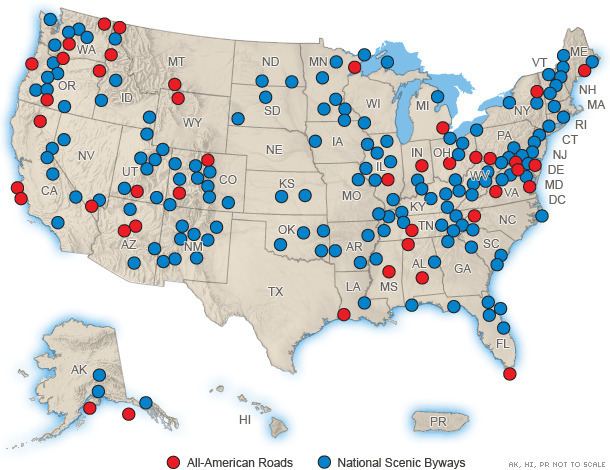
The most scenic byways are designated All-American Roads, which must meet two out of the six intrinsic qualities. The designation means they have features that do not exist elsewhere in the United States and are unique and important enough to be tourist destinations unto themselves. As of November 2010, there are 120 National Scenic Byways and 31 All-American Roads, located in 46 states (all except Hawaii, Nebraska, Rhode Island, and Texas).
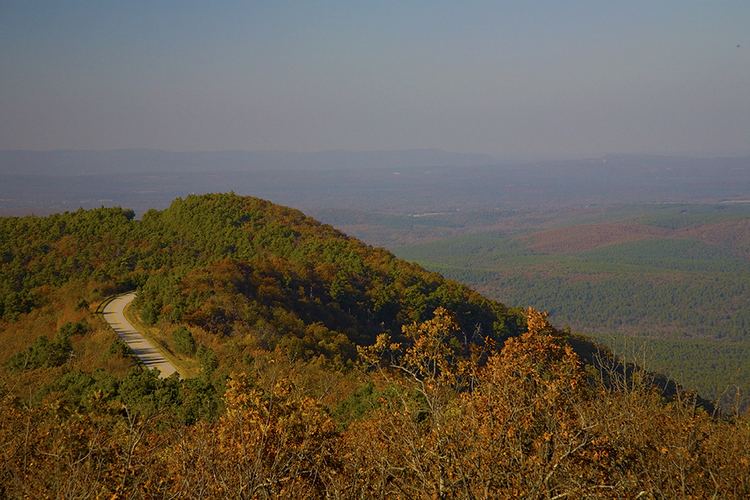
History
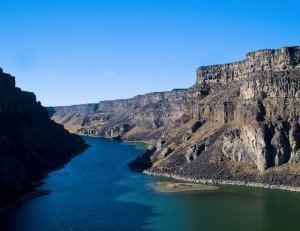
The NSBP was established under the Intermodal Surface Transportation Efficiency Act of 1991, which provided $74.3 million in discretionary grants. On May 18, 1995, FHWA specified the intrinsic qualities that would serve as criteria for designating road as National Scenic Byways or All-American Roads. In September U.S. Transportation Secretary Federico Peña announced the first 14 National Scenic Byways and six All-American Roads. On June 9, 1998, the Transportation Equity Act for the 21st Century (TEA-21) provided $148 million to states so they could develop state roads to take advantage of the program.
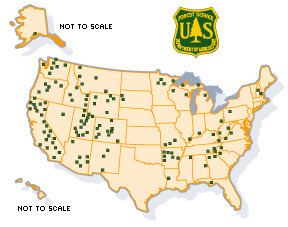
On August 10, 2005, President George W. Bush signed the Safe, Accountable, Flexible, Efficient Transportation Equity Act: A Legacy for Users (SAFETEA-LU), which provided $175 million to states and Indian tribes. Most recently, on October 16, 2009, U.S. Transportation Secretary Ray LaHood designated 37 new roads as National Scenic Byways and five new All-American Roads.
Requirements
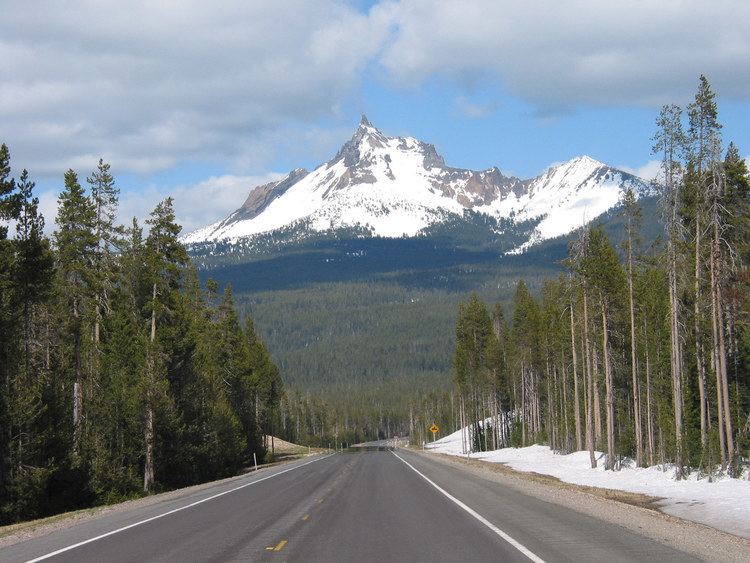
National Scenic Byways go through a nomination procedure. They must already be designated state scenic byways to be nominated (However, roads that meet all criteria for national designation but not state designation may be considered for national designation on a case-by-case basis).
Intrinsic qualities
For designation as a National Scenic Byway a road must have one of six intrinsic qualities. To be designated an All-American Road, a road must have at least two of the six qualities.
Corridor management plans
A corridor management plan must also be developed, with community involvement, and the plan "should provide for the conservation and enhancement of the byway's intrinsic qualities as well as the promotion of tourism and economic development". The plan includes, but is not limited to:
Corridor management plans for All-American Roads must also include:
The final step is when the highway (or highways) is approved for designation by the United States Secretary of Transportation.
